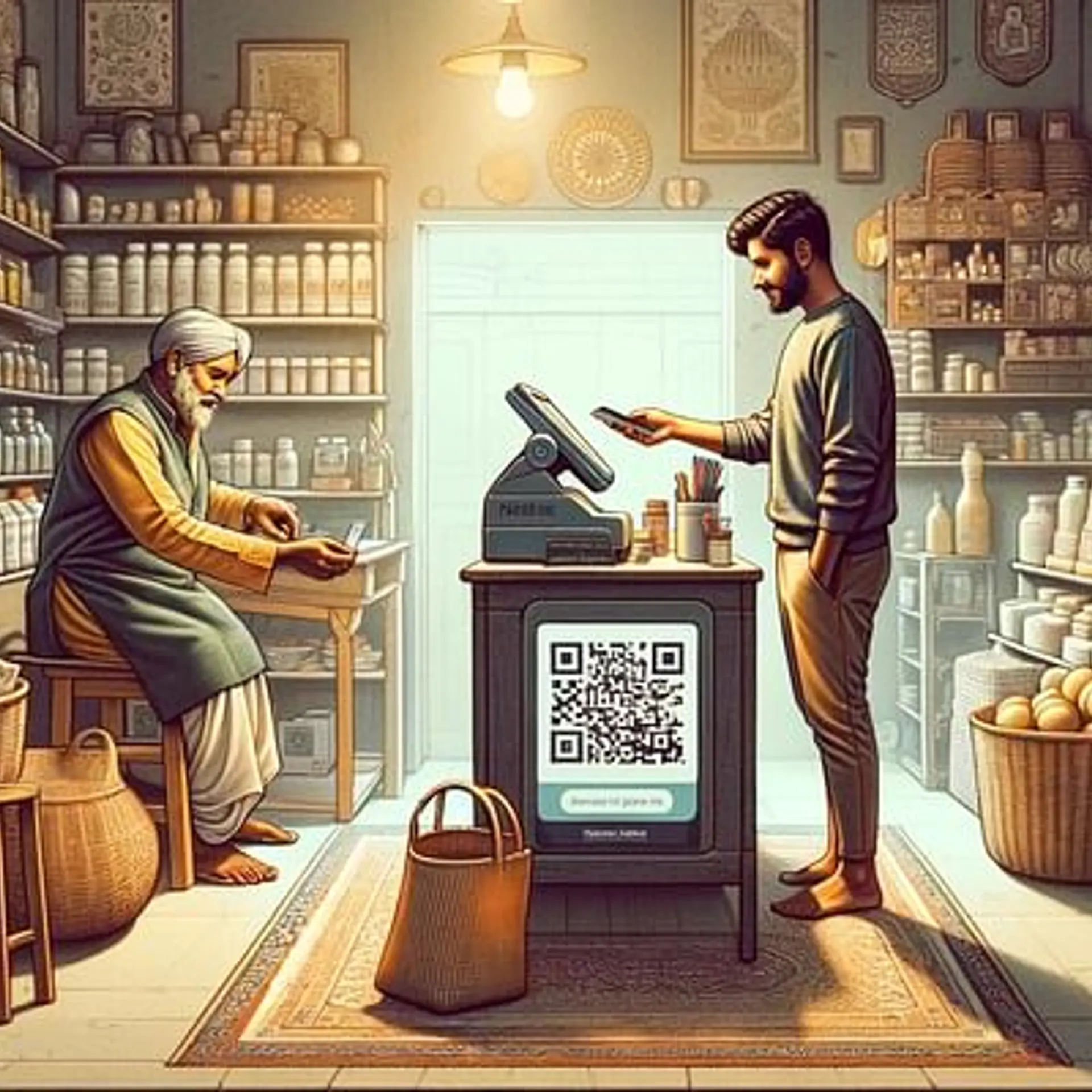The Future of Indian Cities: Finding Answers in Questions
Cities…much maligned and much lusted after. What is it about cities that makes them hotbeds of chaos, pollution, and decay, and at the same time centers of innovation, creativity, and wealth creation?
In the history of urbanism, we recently crossed an important milestone: 50 percent of the world’s population now lives in cities. And yet, the quality of urban life is almost always a point of heated discussion in cities across the world.
In the Indian context, quality of urban life or the livability of our cities assumes even more importance as our cities grow faster than anticipated or planned. On one side, this is driven by job creation, entrepreneurship, and technology. On the flipside, urban administrations are ill able to cope with the demands on infrastructure, public services, environment management, administration, and policy making.

Cities are dynamic, living organisms, constantly evolving and changing. The Development Plans & Vision Statements of cities or their infrastructure and governance roadmaps cannot therefore be static in time—as is often the case. They need to be constantly revisited and revised if our cities are to remain sustainable. Some important questions that we need to keep asking ourselves include:
• How will the city remain relevant with the passage of time? What will be its drivers? How will it remain competitive?
• How will we preserve its culture?
• How do we reshape its urban centers, business districts, and suburban areas?
• How do we build a robust transportation system and where should such a system extend based on the city’s economic and social roadmap and land use?
• How does it meet the needs of its citizens in an environmentally sustainable manner – water, sanitation, housing, healthcare, education?
• How do we add new cities or new nerve centers with linkages to existing cities that can help spread the benefits of economic development while de-stressing the existing infrastructure?
These are big questions, perhaps most useful as guidelines or sounding board for action points. There are noteworthy examples of cities worldwide who have successfully addressed these questions and/or re-engineered themselves to handle change: Curitiba, Vancouver, Singapore, and Manchester are frequently praised as models for urban development.
How did these cities succeed? The Government, private sector, citizens and citizen groups all played an active role in addressing these questions and making our cities sustainable. Policymakers create business environments that support the private sector in creating sustainable and livable infrastructure, new economic centers, and affordable housing. And citizen groups voice opinions on city culture, lifestyle aspirations and planning, and priorities for policymakers.
On the ground, citizens define the character of a city by managing their own neighborhoods, adopting green practices, and infusing a strong civic sense in our children; in helping preserve culture and identity even as we embrace the benefits of a global economy.
What future do you see for Indian cities, or for your own city? What part can you play in it? How can we all make our cities more sustainable?







